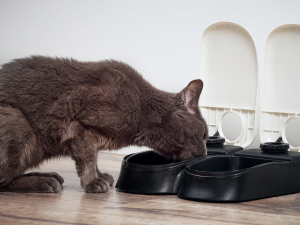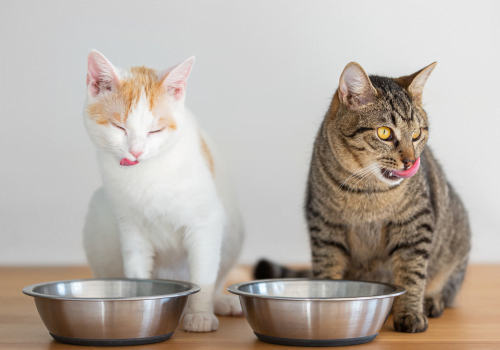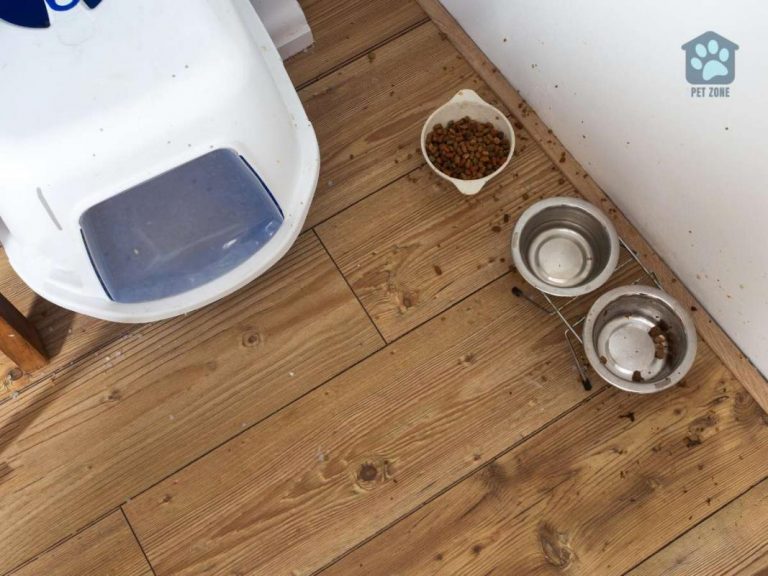Estimated reading time: 2 minutes
Undoubtedly, as a cat owner, you may face the challenge of keeping your feline friends from eating each other’s food, especially if you are introducing cats to each other for the first time. Fear not! With a few simple strategies, you can maintain harmony in your household.
Establish a Feeding Routine
First and foremost, establish a feeding routine. Consistency is key, so set specific meal times for your cats. This way, they’ll grow accustomed to their individual portions, reducing the temptation to nibble from another’s bowl. You can also use an automatic feeder to ensure precise meal timing.

Supervise Mealtime
Additionally, consider mealtime supervision. By closely monitoring your pets during feeding, you’ll be able to intervene if one ventures towards another’s food. Stay vigilant! Offering praise and gentle reinforcement when they stick to their own food will encourage good behavior.
Create Separate Feeding Stations
Moreover, try using separate feeding stations. Place each cat’s bowl in a distinct area or room, creating a sense of privacy. In doing so, you’ll lessen the likelihood of food stealing. To further reinforce this separation, add visual barriers, such as furniture or baby gates.
Introduce Puzzle Feeders
Experiment with puzzle feeders, too. These interactive toys require cats to work for their meals, engaging their hunting instincts. As a result, they’ll be too occupied to steal from their companions. Slow feeders can also help in managing your cats’ food intake.
Assess Dietary Needs and Health
Furthermore, assess your cats’ dietary needs. If one seems hungrier than usual, consult your vet. It’s crucial to address any underlying health issues that could be affecting their appetite. Regular check-ups and weight monitoring will help maintain optimal feline health.
Patience is Key
Lastly, don’t forget patience! Modifying your cats’ behavior may take time, but with perseverance and a positive attitude, you’ll achieve the desired outcome. Remember that every cat is unique, so tailor your approach to suit each individual’s personality and needs.
Conclusion
In conclusion, by implementing routines, supervising meal times, creating separate feeding areas, using puzzle feeders, and addressing any health concerns, you’ll successfully deter your cats from eating each other’s food. With these steps in place, both you and your feline companions will enjoy a peaceful and harmonious feeding experience. Happy feeding!








